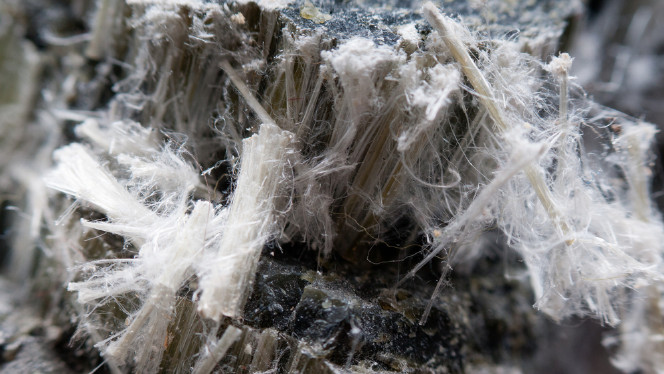Recall
On October 4, 2012, Sunland Inc.
expanded its ongoing recall  [PDF - 10 pages]
[PDF - 10 pages]
to include all products made in the Sunland nut butter production facility between March 1, 2010 and September 24, 2012. The company reports that it is adding 139 products to the recall, bringing the total number of products being recalled by Sunland Inc. to 240.

The expanded recall covers all previously identified Peanut Butter, Almond Butter, Cashew Butter, and Tahini products as well as Roasted Blanched Peanut Products. New product categories being added to the list are several varieties of flavored butters and spreads, including Thai Ginger Butter, Chocolate Butter and Banana Butter.
On September 24, 2012, Sunland, Inc. announced a voluntary recall of its peanut butter and other products containing nuts and seeds, manufactured between May 1, 2012 and September 24, 2012, because these products may be contaminated with Salmonella.
The recalled Creamy Salted Valencia Peanut Butter was distributed to Trader Joe’s stores nationwide. The product comes in a 16-ounce plastic jar. All code dates are included in this recall, up to an including July 26, 2013 (26JUL13). The peanut butter is labeled Trader Joe’s Valencia Creamy Peanut Butter made with Sea Salt.
Customers who have purchased this item are urged to not eat the product, and to dispose of it or return it to any Trader Joe’s location for a full refund.
Advice to Consumers, Retailers, and Others
- Based on available information, CDC recommends that consumers do not eat recalled peanut butter and other products containing nuts and seeds and dispose of any remaining jars of these products in the home or return the jars to the place of purchase.
- This is especially important for children under the age of 5 years, older adults, and people with weak immune systems.
- Persons who think they might have become ill from eating possibly contaminated peanut butter or other products containing nuts and seeds should consult their health care providers.
Contaminated peanut butter and other products containing nuts and seeds may still be in consumers' homes or available for sale on the internet.
- Consumers who recently purchased recalled peanut butter or other products containing nuts and seeds are advised not to eat them and dispose of any remaining jars of these products or return the jars to the place of purchase.
- Retailers and food service operators should not sell or serve recalled peanut butter and other products containing nuts and seeds.
- Some of these products may still be available for sale from internet retailers.
What to do if you have Trader Joe’s Valencia Creamy Salted Peanut Butter in your home:
- Dispose of the product immediately or return it to the place of purchase.
- Even if some of the peanut butter or other products containing nuts and seeds have been eaten without anyone becoming ill, the rest of the jar should be disposed of or returned.
- If consumers choose to discard recalled peanut butter or other products containing nuts and seeds, the product should be disposed of in a closed plastic bag and placed in a sealed trash can. This will prevent people or animals from eating it.
....
For over 3 decades the Law Offices of Jon L. Gelman1.973.696.7900 jon@gelmans.com have been representing injured workers and their families who have suffered work related accident and injuries.
Nov 19, 2011
Within the last couple of years, CDC has investigated outbreaks of foodborne illness that were caused by bacteria in jalapeños, spinach, peanut butter, frozen pizza, frozen pot pies, and frozen beef patties. Many consumers ...
Dec 22, 2010
Ranch Dressing, Cocoa Butter, Tequila, Tomato. Sour Cream, Maple. Buttermilk, Brown Sugar. Mayonnaise, Marshmallow. Peanut Butter. Praline. Starter Distillate or Butter Starter Distillate, Hazelnut & other nut flavors ...








